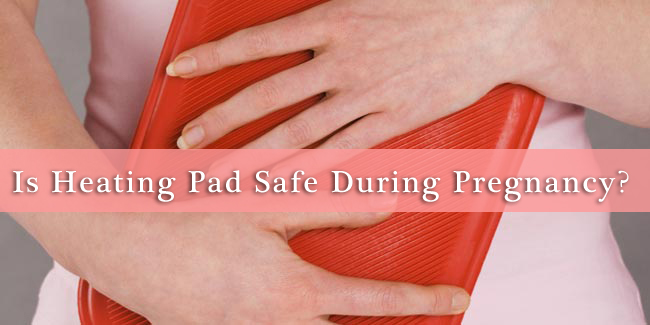Meta Description: Planning to conceive? Want to know your most fertile dates? Yes, it can be quite confusing. But, help is at hand. Read on for all the information that you need on days that you can conceive.
When is a Woman most Fertile – Know your Dates
Normally, it occurs somewhere between days 10 and 17 for the average woman. However, the problem is that very few women are average. Therefore, the trick is that every woman who is trying to conceive should find out her own, most fertile period.
One technique to find out the individual fertile period is by keeping a record of the menstrual cycle for a minimum of eight months. Select the shortest cycle, say 27 days, and subtract 18 from it. This resulting number (9) is your first potentially fertile day. Similarly, subtract 11 from the longest cycle, say 30 days, and you get 19. This is your last potentially fertile day. Therefore, if the cycles you measured over these eight months were between 27 and 30 days, you would be most fertile somewhere between days 9 and 19.
However, this window is still very wide and can be narrowed by charting your basal body temperature. This is your morning temperature before you get out of your bed. For most women, it ranges between 96and 98 degrees Fahrenheit. When this temperature rises slightly, it implies that you have ovulated within the past 12 to 24 hours.
Yet another way to identify your fertile period is through the changes in your cervical mucus. The mucus changes from dry (after menstruation) to sticky (before ovulation) stretchy, wet, and semi-transparent. Usually, ovulation occurs from two to three days after the peak day of stretchy mucus.
The Cycle Day-by-Day
Well, every woman’s cycle caries slightly on a day-to-day basis. Here’s a day-by-day account of what happens during an average 28 day cycle as the body prepares itself for a possible pregnancy.
Day 1-5
If you have not conceived, old dead tissue lining the uterus sloughs off and your period begins keeping estrogen and progesterone levels low.
Day 6-7
The hypothalamus, a brain structure that regulates the internal organs and controls the pituitary gland, secretes gonadotropin releasing hormone (GnRH). This GnRH further tells the pituitary gland to release follicle stimulating hormone (FSH) and luteinizing hormone (LH), which cause the follicles or the eggs in one of the ovaries to start growing. As the eggs grow, they release estrogen. The progesterone level, however, remains low. Cervical mucus is dry.
Day 8 (may extend to day 12)
The secretion of estrogen increases. This further causes the uterus lining to become thicker and generate a richer supply of blood vessels, thus preparing it to receive a fertilized egg. The levels of LH and FSH go down.
Day 10
The mucus becomes wet with sticky, cloudy, or whitish or yellowish secretions.
Day 12
The mucus becomes clear, stretchy, and slippery. This indicates that ovulation is near. You can conceive during this period. Sperms survive for two to five days after intercourse. For this reason, sex can lead to pregnancy, even if ovulation is several days away.
Day 13
The level of estrogen rises dramatically. This further boosts LH. LH further stimulates the synthesis of progesterone, thus causing FSH to rise. Within twelve hours of ovulation, the body temperature rises between 4/10 and 8/10 of a degree. If pregnancy does not happen, this temperature remains high till the next menstrual cycle.
Day 14
The level of estrogen falls sharply and LH surges. This further causes the ovary to release the egg – ovulation. The egg lives for about 12 to 24 hours.
Day 15 (can extend to day 24)
The empty egg follicle – the corpus luteum – secretes higher amount of progesterone and estrogen to help prepare the uterus for a possible pregnancy. Furthermore, LH and FSH levels begin to fall down.
Day 17
When the temperature of your body has stayed high for three days consecutively, the fertile period is considered to be over.
Day 18
Cervical mucus turns cloudy
Days 21 to 22
The level of progesterone is at peak.
Day 25
The corpus luteum breaks apart. If the egg was not fertilized, progesterone starts to fall and cervical mucus is tacky. But if fertilization occurred, the level of progesterone remains high.
Day 27
Mucus is dry or absent.
Day 28
The level of estrogen decreases and production of progesterone drops rapidly. Mucus turns thick. If you are not pregnant, your period will start tomorrow.
Using this information, you can plan to conceive a lot easier. Happy Parenting!













